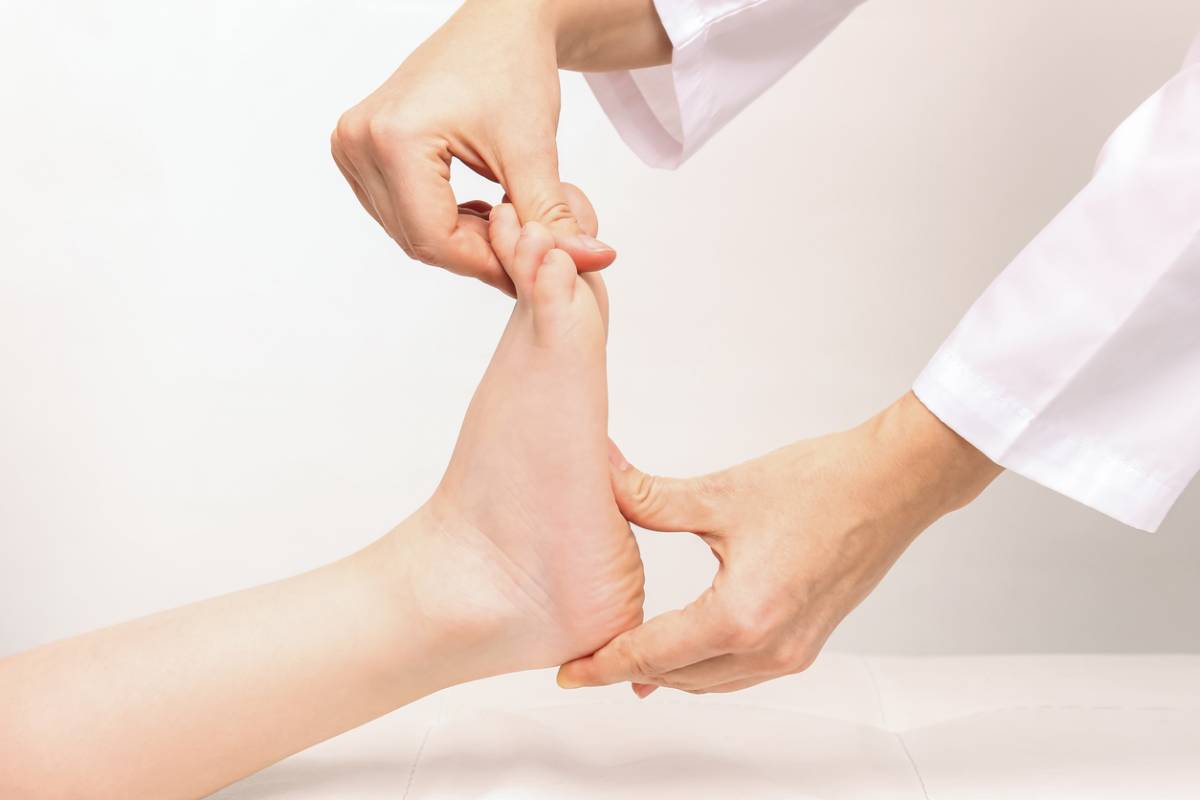Flat feet are a common foot condition that affects millions of people around the globe. Also referred to as “fallen arches,” the condition is characterized by arches that have fallen or were never there to begin with. This results in the entire sole of your foot contacting the ground. This is compared to those who have arches, as there is a space between their feet and the ground. The condition can impact people in different ways, as some may have no symptoms, and others may experience a number of unwanted symptoms. You may wonder, are flat feet a health issue? Below you will find more information about flat feet and how you can manage the condition.
Are Flat Feet a Health Issue?
Due to the long-term impacts of flat feet, they are considered a health issue. While some people may not experience symptoms, flat feet can make you more susceptible to accidents, injuries, and broken bones. In more severe cases, they can cause unwanted symptoms such as foot pain, swelling, and difficulty doing certain physical activities.
Over time, flat feet can also impact your gait and alignment. This is because issues that impact your feet will inevitably affect your ankles, knees, and hips if left untreated. This can lead to more unwanted symptoms, such as foot and ankle pain, shin splints, knee problems, back pain, arthritis, bunions, and plantar fasciitis. If you experience the symptoms associated with flat feet, it’s important to contact a podiatrist right away. They can diagnose the issue and create a customized treatment plan based on your unique needs.
Treatment for Flat Feet
Due to the potential health implications associated with flat feet, treatment is necessary. Depending on the severity of the issue, there are a number of different flat feet treatment options. A skilled podiatrist can accurately diagnose and treat the issue. Conservative treatment can be as easy as custom orthotics. More advanced issues may require surgery, but this is after conservative treatments have been examined. The most important factor in treatment is getting to a podiatrist early on. Treating issues right away can reduce your symptoms and improve the health of your feet in the short- and long-term.
Managing Flat Feet Post-Treatment
Working with your podiatrist on your treatment plan is key to improving your symptoms and the prognosis of flat feet. However, there are additional steps you can take to avoid any future issues. Consider the following in coordination with your podiatrist and their prescribed treatment plan.
- Weight Management: Maintaining your weight can be helpful as it can reduce the strain on your feet and legs. Work with your medical provider on weight management techniques that are realistic, manageable, and healthy.
- Supportive Footwear: Your podiatrist can provide you with recommendations when it comes to footwear. Shoes that have arch support and cushion can help reduce any discomfort you may have. They can also provide stability which can help with your balance.
- Take Breaks: Avoid standing or doing intense physical activities for long periods. Giving your feet a break can improve your symptoms and reduce your risk of injury. Take breaks when you can to alleviate the pressure on your feet.
- Check In With A Professional: If your treatment is no longer working, or you have new symptoms, check in with your podiatrist. They can assess the issue and provide you with a modified treatment plan. Regular checkups at Foot & Ankle Concepts, the top podiatry center, are helpful as your podiatrist can effectively monitor your progress. Talk with them about when and how often you should visit. Contact their team today to schedule an appointment!


